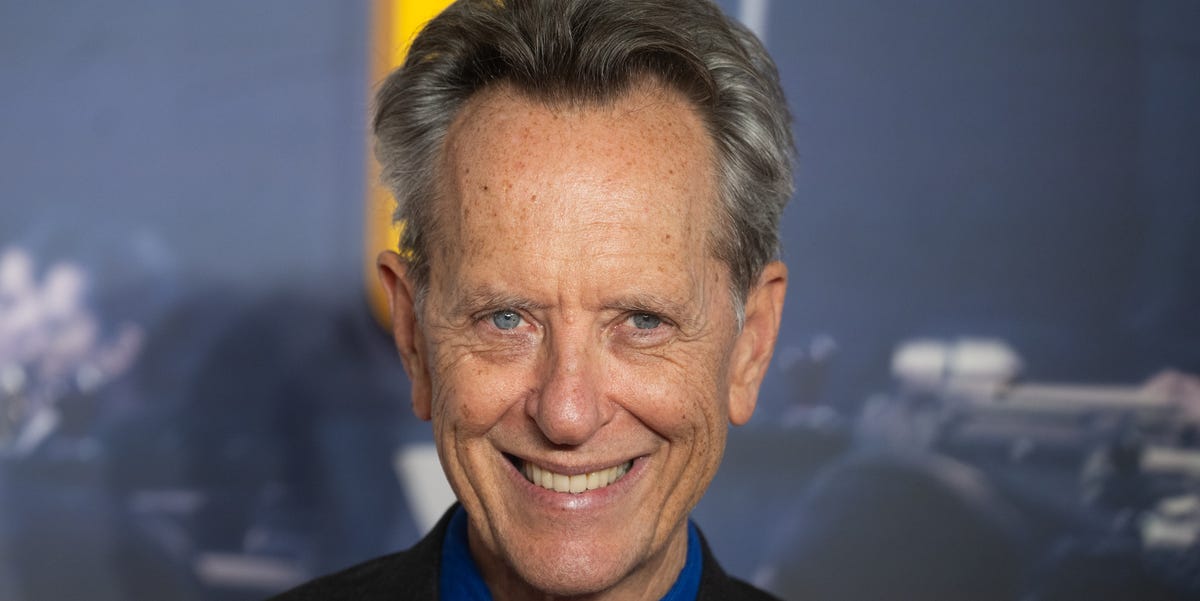I grew up in Swaziland (now Eswatini), in southeast Africa. My childhood was spent running. At home. At school. Everywhere. There were no televisions in the country so that definitely helped. No temptation to be a couch potato.
As a child, I was…

I grew up in Swaziland (now Eswatini), in southeast Africa. My childhood was spent running. At home. At school. Everywhere. There were no televisions in the country so that definitely helped. No temptation to be a couch potato.
As a child, I was…